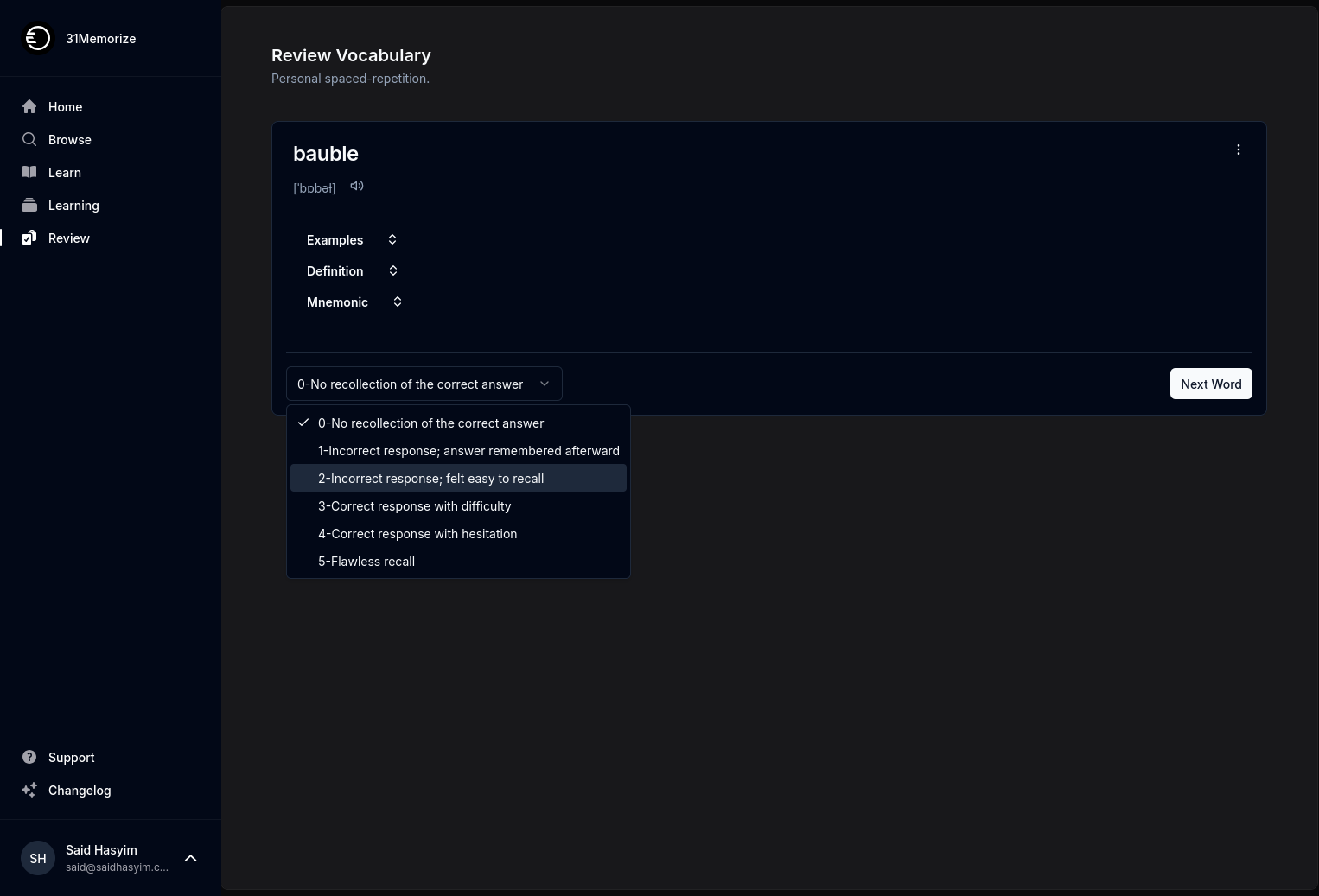The Science Behind Book Ratings and Engagement
Reading is one of the oldest and most profound activities known to humanity. It has shaped cultures, provided entertainment, and opened worlds of knowledge. In our digital era, the way we engage with books has transformed dramatically, especially with the advent of online platforms that allow readers to rate and review literature. This blog post will delve into the science behind book ratings and engagement, exploring how they influence readers and the publishing industry alike.
Why Ratings Matter
The Psychological Impact of Ratings
Book ratings serve as trust signals, especially in an era where readers are bombarded with choices. When faced with a vast selection, potential readers often rely on the wisdom of the crowd. Research in social psychology indicates that people are inclined to conform to group opinions due to a phenomenon known as social proof. In simple terms, if many people rate a book highly, others are more likely to be drawn toward it.
The Ratio of Ratings to Sales
Studies have shown that there is a direct correlation between book ratings and sales. A higher average rating can lead to increased visibility, resulting in higher sales figures. This phenomenon is compounded by algorithms used by online booksellers that prioritize well-rated books in search results. Therefore, a book with a higher rating not only is more likely to be purchased but also enhances its discoverability among potential readers.
The Mechanics of Rating Systems
The Different Rating Scales
Most platforms utilize a 1 to 5 or 1 to 10 rating system. This seemingly straightforward system can yield complex psychological effects. A 5-star rating system might have an inherent bias toward the higher end of the scale due to human tendencies to avoid giving low scores, while a 10-point system allows for more nuance. Research has shown that slight changes in rating scales can significantly affect how people perceive the quality of a book.
The Role of Reviews
Books ratings are often accompanied by written reviews, which further amplify their impact. A rating alone may not provide enough context for a potential reader to make an informed decision. An accompanying review offers personal thoughts and can fault the book’s narrative, characters, pacing, or relevance. Positive reviews can act as a persuasive factor in a reader’s decision-making process, validating the book’s quality in their eyes.
Engagement Metrics
How Engagement is Measured
Engagement can be quantified through various metrics, including:
- Reading Time: How long a reader spends on a book can indicate its gripping nature.
- Completion Rates: The percentage of readers who finish the book versus those who start it.
- User Interaction: Comments, shares, and discussions that stem from the book's content on social media platforms can gauge reader interest.
The Connection to Rating Systems
Engagement levels often correlate with book ratings. Books that maintain higher levels of reader engagement tend to receive better ratings, while books that fail to captivate readers may garner lower scores. This feedback loop is crucial for authors and publishers, as it influences future projects and marketing strategies.
The Effects of Genre and Audience
Genre-Specific Ratings
Different genres tend to exhibit variances in rating tendencies. For instance, fantasy novels may attract more passionate and vocal fanbases, resulting in more polarized ratings, while literary fiction may draw more reserved readers who are less likely to rate it highly. This means that understanding the nuances of genre is key for authors and publishers as they analyze their ratings.
The Role of Demographics
Age, gender, and cultural background can affect how individuals rate books. Studies indicate that women often give higher ratings than men, while age can influence taste and expectations. Understanding these demographic differences allows authors and publishers to tailor their marketing strategies effectively.
The Influence of Book Clubs and Reading Communities
The Power of Social Interaction
Book clubs and reading communities have become significant influencers in the literary world. They not only encourage reading but also actively participate in discussions about the books they read. This collective engagement can lead to enhanced book ratings and increased visibility for certain titles.
Platforms of Engagement
Social media platforms like Goodreads, Instagram (Bookstagram), and TikTok (BookTok) have created new avenues for readers to engage with literature. Readers share their ratings and thoughts widely, creating a ripple effect that influences others and leads to communal reading experiences. The social aspect of reading has transformed into a vibrant cultural phenomenon that goes beyond the solitary act of reading a book.
The Future of Book Ratings and Engagement
Data-Driven Decisions
The publishing industry is increasingly relying on data derived from book ratings and reader engagement to make strategic decisions. Analytics tools can determine trends in reading preferences, allowing publishers to tailor their offerings more precisely.
The Evolving Landscape
As technology continues to advance, the way readers engage with books will likely evolve further. Innovations like AI-driven recommendations and personalized reading experiences could reshape how ratings influence purchasing behavior. The metrics for understanding audience engagement will become more sophisticated, providing authors and publishers with valuable insights.
Conclusion
Understanding the science behind book ratings and engagement is crucial for both readers and authors. Ratings serve not only as a gauge of quality but also as a vital driver of reader behavior in a world filled with choices. These systems create a feedback loop that impacts everything from marketing strategies to the way stories are told. Whether you’re an avid reader or an aspiring author, recognizing these dynamics can enrich your reading experience and enhance your understanding of the literary landscape.
As the world of literature continues to grow and transform, the collaborative nature of reader engagement will remain a significant force shaping the art of writing and the joy of reading for generations to come. Happy reading!
